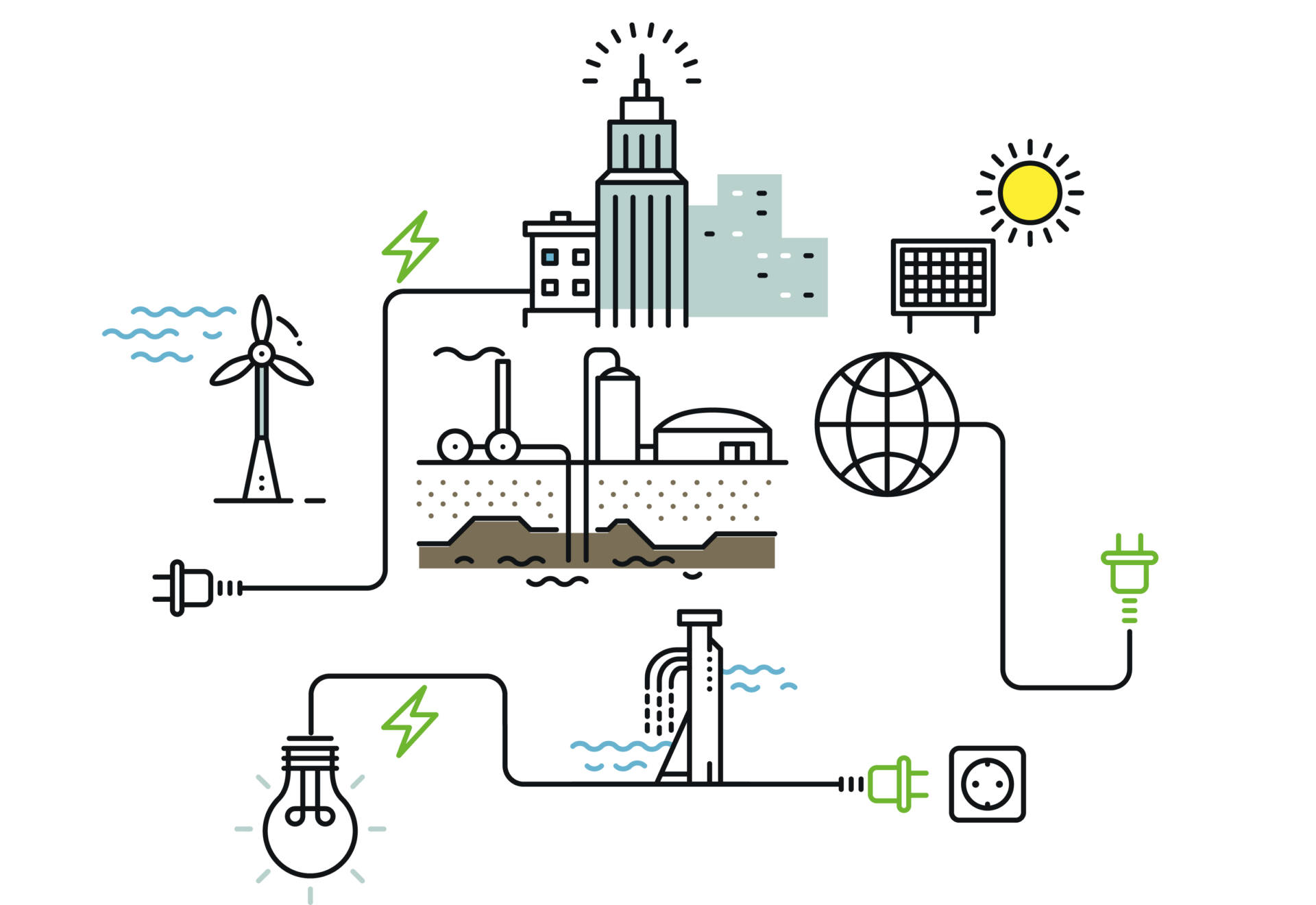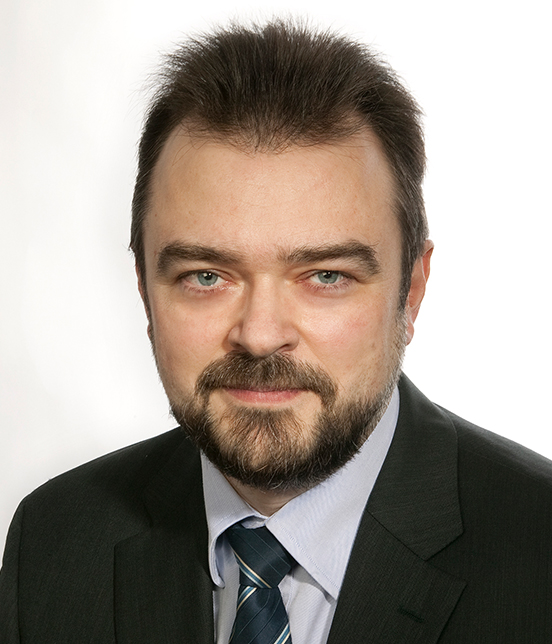Integration in local energy communities
The objective of the FINE scenarios is to describe possible futures on the development of energy communities in Norway and the role of Distribution System Operators in this. The premise is that in the future there will be a transition towards forming and establishing energy communities across Europe. However, the form and the role of the energy communities in each country will be influenced by country-specific drivers (e.g., innovative adoption and end-user engagement), technological development (e.g., digitalization and innovation), management of energy communities (centralized vs. decentralized), and regulatory developments.
In the context of the FINE project, the scenario definition brings different features affecting the energy communities’ development, its possible configuration and roles.
Climate goals
Energy community can potentially contribute to the EU energy and climate objectives, by helping to reverse energy consumption and emission trends through a bottom-up approach, as also highlighted in the Clean Energy for all Europeans package where energy communities are recognized as an efficient and sustainable way of managing energy at a local community level – with or without a connection to distribution systems. The European Commission has estimated that by 2030 such ECs could own up to 17% of wind power and 21% of solar power in Europe.
The term “energy community” (EC) has been conceptually introduced in recent European regulatory acts with at least two different descriptions: “citizens energy community” and “renewable energy community”. The main framework for the renewable energy communities was introduced by and defined in the Renewable Energy Directive (RED II) 2018/2001. The concept of citizen energy communities was introduced in the Internal Electricity Market Directive (IEM) 2019/944.
- The primary purpose of energy communities is to provide environmental, economic or social community benefits for its members or the local areas where they operate rather than financial profits.
- Both definitions emphasise participation and effective control by citizens, local authorities and smaller businesses whose primary economic activity is not in the energy sector.
- Participation in energy communities must be open and voluntary
The design of the FINE scenarios is guided by two sets of research questions. Divided into
- driver questions related on why the scenario happens (drivers)
- questions focused on ‘what happens’ in the scenarios and their outcomes (modelling work and implementation).
The FINE scenarios adopt the widely used 2×2 scenario typology to combine two main dimensions of uncertainty or developments (drivers) into four scenarios spanning in between these dimensions:
Efficient Markets: The energy community is active on providing flexibility as a unit to DSOs flexibility signals. It establishes a flexibility market for all the community with the aim to minimize total system costs. An active DSO engagement brings a fair value on the price for flexibility.
Integrated Units: The scenario storyline describes a decentralising path on managing the grid in which energy community takes-up responsibility on their management of the local grid. This is aligned and coordinated with an active DSO who engages (signals) via various flexibility requirements. End-users have the choice to provide flexibility to multiple services (e.g., local markets) and actors (aggregators).
Reference: This scenario reflects the status-quo based on current regulation and situation.
Local Coordination: The community actively engages in creating local markets for incentivizing decentralized energy sources and coordinates internal solutions for grid management. The DSO rarely interacts with the energy community, only for emergency or critical situations but there is an agreement on a pre-defined grid tariff.
These four scenarios are used as an input to other activities in FINE project, where they are implemented in specific models adapted for the local conditions in Norway. These models contribute for quantification of costs and benefits for integration of energy communities in grid planning and operation, consequences for customers not being part of energy communities.









Comments
No comments yet. Be the first to comment!